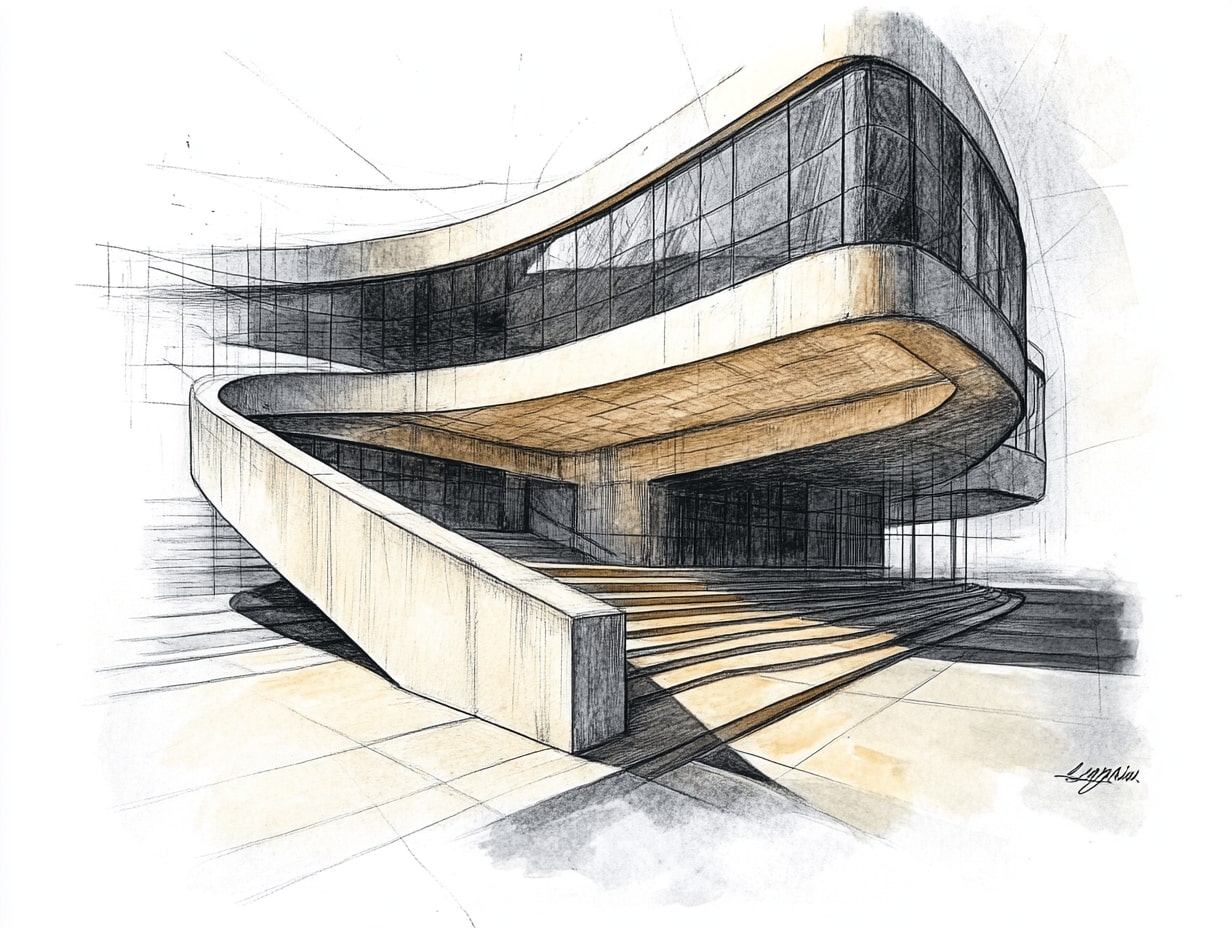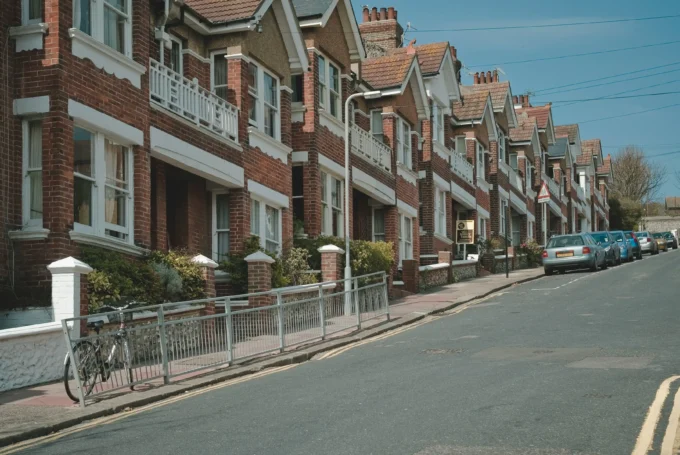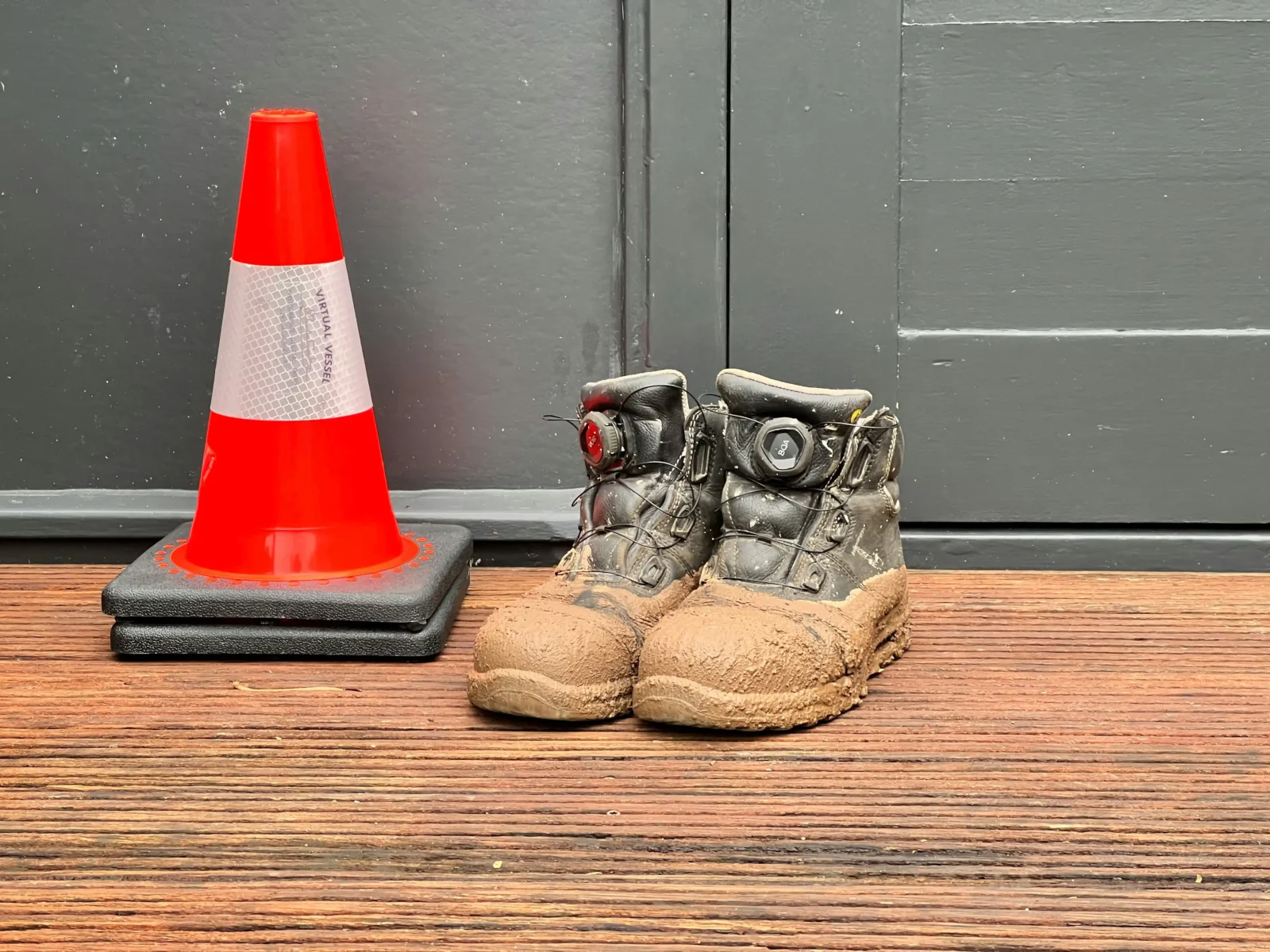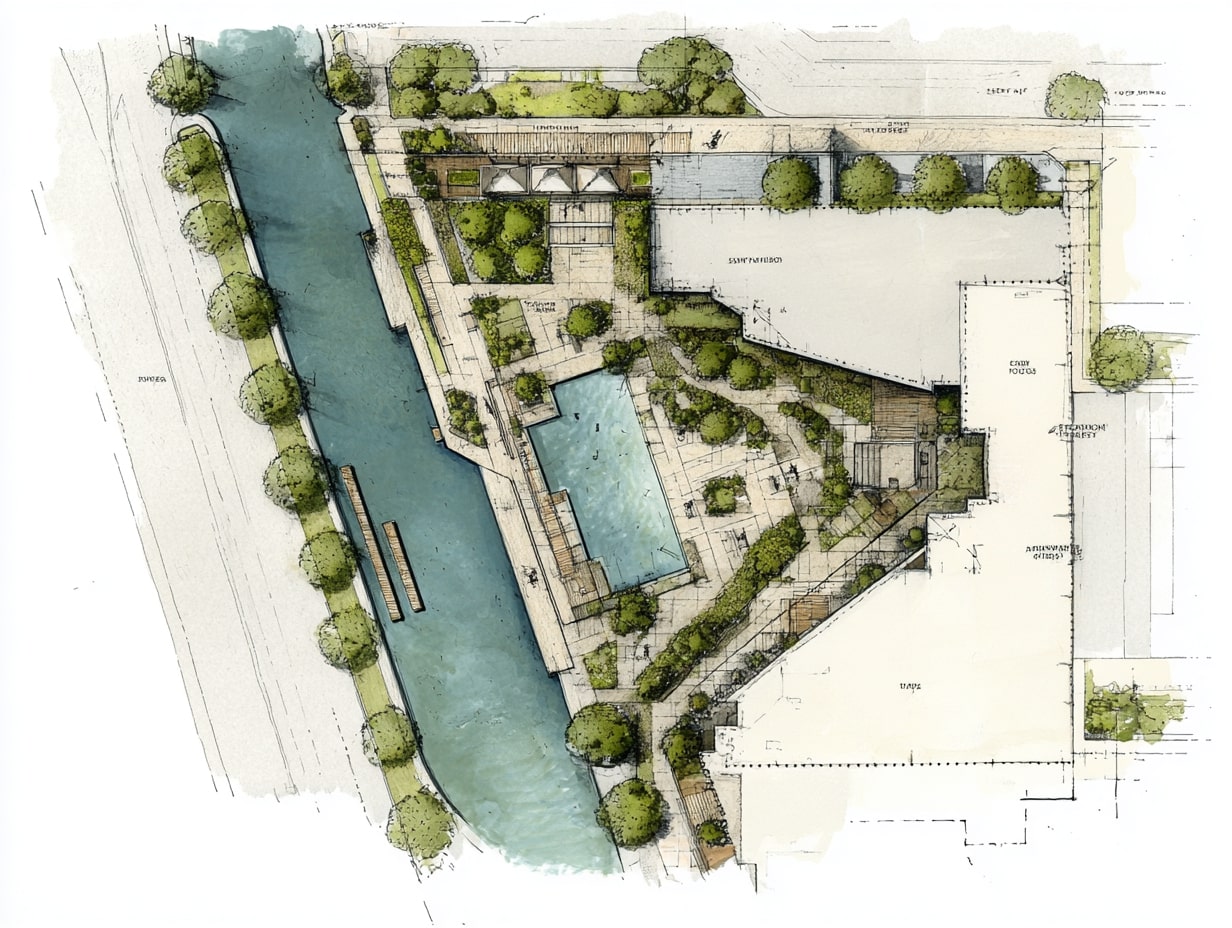- Home
- Articles
- Architectural Portfolio
- Architectral Presentation
- Inspirational Stories
- Architecture News
- Visualization
- BIM Industry
- Facade Design
- Parametric Design
- Career
- Landscape Architecture
- Construction
- Artificial Intelligence
- Sketching
- Design Softwares
- Diagrams
- Writing
- Architectural Tips
- Sustainability
- Courses
- Concept
- Technology
- History & Heritage
- Future of Architecture
- Guides & How-To
- Art & Culture
- Projects
- Interior Design
- Competitions
- Jobs
- Store
- Tools
- More
- Home
- Articles
- Architectural Portfolio
- Architectral Presentation
- Inspirational Stories
- Architecture News
- Visualization
- BIM Industry
- Facade Design
- Parametric Design
- Career
- Landscape Architecture
- Construction
- Artificial Intelligence
- Sketching
- Design Softwares
- Diagrams
- Writing
- Architectural Tips
- Sustainability
- Courses
- Concept
- Technology
- History & Heritage
- Future of Architecture
- Guides & How-To
- Art & Culture
- Projects
- Interior Design
- Competitions
- Jobs
- Store
- Tools
- More
The Essential Role of Video in Modern Architecture

Using video is an effective way for architects and interior designers to showcase their work and grow their businesses. Since these fields rely heavily on visuals, videos allow designers to present projects more engagingly, attract clients, and build a strong online presence. With tools like LTX Studio, architects can easily turn static images or 3D renders into dynamic video content, creating engaging visual stories without needing advanced editing skills.
Unlike photos or blueprints, videos let viewers experience spaces and appreciate design details. This engaging format helps potential clients connect with the designer’s vision. With the rise of online video consumption on platforms like YouTube and Instagram, using video has become essential for marketing.
One innovative tool that can enhance this video-sharing experience is Clipify. Designed for creating engaging video content, this free automatic video editor allows architects and interior designers to easily compile, edit, and enhance their project videos. With user-friendly features and a vast library of templates, users can quickly create visually stunning presentations that showcase their work in a captivating way.
Advantages of Video Utilization in Architecture and Interior Design
Enhanced Portfolio Presentation: Videos show completed projects in an exciting way, giving potential clients detailed tours that pictures cannot provide. This makes designs feel real, showing how spaces and elements work together.
Augmented Online Visibility: Search engines favor video content, which helps improve search rankings. A good video can reach more people, increasing the chances of attracting clients.
Strengthened Client Relationships: Using video tools helps make communication with clients clearer and more personal, building trust and openness during the design process.
Demonstrated Expertise: Educational videos, like tutorials or explanations of the design process, help architects and designers show their knowledge, attracting clients who want skilled professionals.
Competitive Differentiation: In a crowded market, creative video content can make a professional’s services stand out, helping them be more memorable to potential clients.
These advantages extend beyond architecture and interior design, permeating related professions such as landscape architecture, urban planning, and real estate development. Videos can illustrate the transformation of outdoor spaces, showcasing the evolution from concept to completion, thereby attracting clients seeking comprehensive environmental designs. Through video simulations, urban planners can present proposed developments, allowing stakeholders to visualize the impact of projects on community landscapes. High-quality video tours of properties can enhance marketing efforts, providing potential buyers with immersive previews that static images cannot achieve.
Ten Strategic Tips for Leveraging Video in Design Professions
- Cultivate a Robust Social Media Presence: Regularly share video content on platforms like Instagram, LinkedIn, and YouTube to attract clients and collaborators. Engaging content can include project walkthroughs, design tips, and behind-the-scenes glimpses into your creative process.
- Develop Comprehensive Portfolio Videos: Create videos that showcase your projects, highlighting design challenges and solutions. This approach provides potential clients with a deeper understanding of your expertise and design philosophy.
- Incorporate Voice-Over Narration: Enhance your videos with professional voice-overs to provide context and insights, making your presentations more engaging and informative.
- Add Captions and Subtitles: Ensure your videos are accessible to a broader audience, including those with hearing impairments, by adding accurate captions. This practice also benefits viewers who prefer watching videos without sound.
- Utilize Drone Footage for Aerial Perspectives: Incorporate drone videography to capture expansive views of your projects, offering unique perspectives that highlight the scale and context of your designs.
- Create Time-Lapse Videos: Document the progression of your projects through time-lapse videos, showcasing the development from inception to completion. This technique illustrates your workflow and dedication to clients.
- Develop Educational Content: Produce videos that educate your audience on design principles, industry trends, or common challenges in architecture and interior design. Sharing knowledge positions you as a thought leader and attracts an engaged following.
- Engage in Live Streaming Events: Host live Q&A sessions, virtual tours, or design workshops to interact with your audience in real-time, fostering community and engagement. Live interactions can build rapport and trust with potential clients.
- Optimize Videos for Search Engines: Enhance the discoverability of your videos by using relevant keywords, engaging thumbnails, and detailed descriptions. Optimized videos are more likely to appear in search results, increasing your reach.
- Implement Video Communication Tools: Utilize platforms like Zoom or Microsoft Teams for client meetings, and consider recording sessions (with consent) to ensure clarity and reference for future discussions.
Video not only enhances the presentation of design work, making it more engaging and immersive, but also helps professionals build their online presence, attract a wider audience, and establish trust with clients. As the preference for video content continues to rise on social media platforms, the advantages of using video—ranging from improved visibility to educational opportunities—become increasingly clear. By adopting strategic video practices, design professionals can effectively differentiate themselves and capitalize on the evolving market demands.
illustrarch is your daily dose of architecture. Leading community designed for all lovers of illustration and #drawing.
Submit your architectural projects
Follow these steps for submission your project. Submission FormLatest Posts
Understanding Site Safety Footwear in Architectural Practice
Architecture is often discussed through drawings, models, and finished buildings, yet a...
General Arrangement Drawings in Architecture: The Backbone of Clear Design Communication
General Arrangement Drawings explained: what they are, when to use them, how...
The Ultimate Guide to Fencing in North Dakota: Choosing the Best Fence for Your Property
Watching a chain link fence twist in 70 mph winds near Minot...
Gaudí: Where Architecture Meets Science
Gaudí: Where Architecture Meets Science shows catenary arches, ruled surfaces, and biomimicry...












Leave a comment